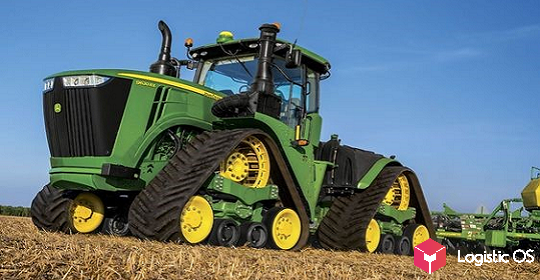China’s Jiangsu province is using smart grain storage to improve efficiency and significantly reduce costs.
The technology is being implemented as part of a government-funded project to support new green, energy-saving and smart storage technologies, which recently received nearly 2 billion yuan.
The essence of such a project is to minimize product losses along the entire path “from field to table.”
At the moment, the storage of spring grain in half of the grain storage facilities in Jiangsu province is already automated. In particular, sensors are actively used.
For example, temperature sensors help you instantly know that in some part of the warehouse it has risen above the optimal value of 20 degrees Celsius. This allows warehouse employees to immediately react: for example, start the air conditioning or ventilation.
It is important that they can do this through their own device, such as a mobile phone or tablet.
Experts note that previously about 200 people were required to service the warehouse, but now, thanks to large-scale automation and digitalization, their number has been reduced significantly.
In the process of grain storage, artificial intelligence is beginning to play an increasingly important role.
For example, when wheat arrives for storage, it undergoes inspection, all data is recorded by digital systems, which makes it possible to subsequently mechanize the drying and storage process, achieving optimal conditions for a specific batch of wheat, taking into account its characteristics and condition.
In exactly the same way, the process of protecting grain from pests that appear in storage facilities is currently being robotized.
Some facilities in Jiangsu province have over a hundred sensors that constantly monitor storage facilities for pests.
If they are detected, an alarm is sounded and pesticides are automatically sprayed.
It is expected that grain storage will continue to be automated in order to preserve the product as much as possible by providing the best conditions for it.
In addition, there is no doubt that the successful experience of Jiangsu Province will be adopted by other regions of China.
Experience has already proven that the active implementation of modern technologies helps not only to reduce grain losses during storage, but also to significantly reduce the costs of ensuring this process itself.

